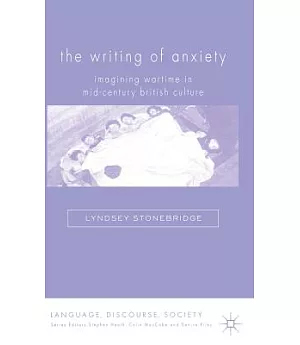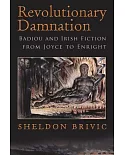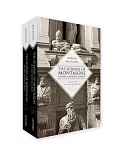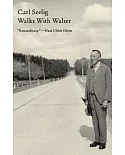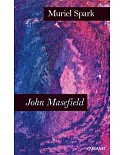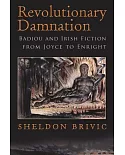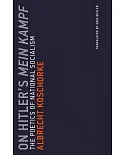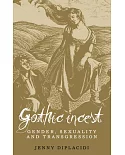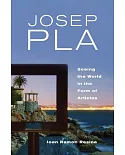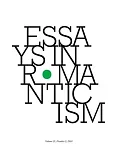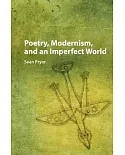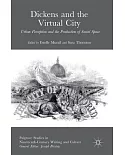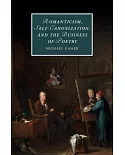Whereas trauma and memory have come to dominate discussions of World War Two, Lyndsey Stonebridge suggests that it was in fact the representation of anxiety - a state in which we look
forwards as well as backwards - that emerged most forcefully in mid-century wartime culture. For two crucial but understudied second generations, the psychoanalysts who came after Freud and
whose work thrived in 1940s Britain, and the later modernists who had cut their teeth on the expressive verve of their First World War-shocked elders, thinking about anxiety, she argues,
was a way of imagining how it might be possible to stay within a history that frequently undermined a sense of self and agency.

